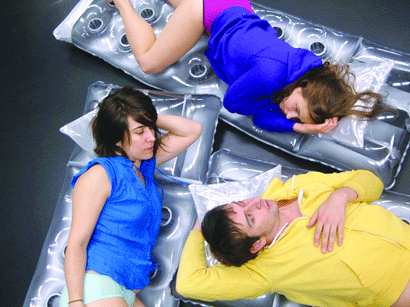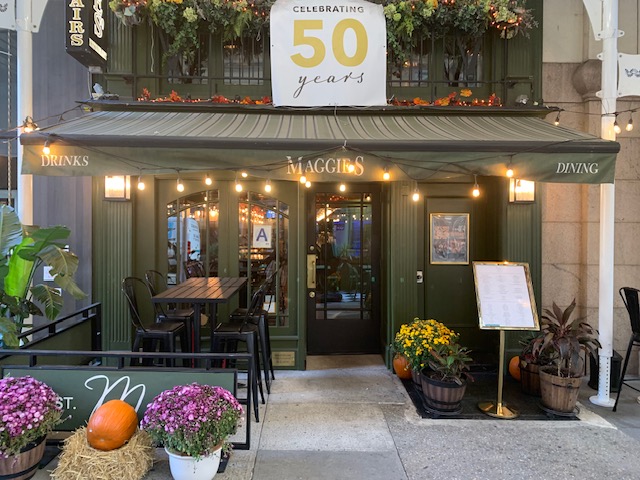By Michael Clive
When choreographer John Jasperse’s full-evening dance work “Prone” premieres at The Kitchen on December 2, the audience will be challenged — but possibly not surprised. “Jasperse is the kind of artist we love here,” says ultra-hip writer Stephen Greco, who sits on the advisory board of the ultra-hip arts center. “He’s dangerous.”
“I don’t know about dangerous,” laughs Jasperse. “But it’s true that throughout my career I’ve been committed to an experimental process, trying to redefine the form, or change it from within.”
Jasperse’s explorations of dance fundamentals challenge audience preconceptions so deep, we often don’t know they are there. Take for example the idea of sitting and watching. During parts of “Prone,” audience members are (you guessed it) prone on the floor, viewing the dancers from foot-level. This unfamiliar perspective forces us to be more aware of our spatial relationship with the dancers and the physical environment we share with them.
In this respect, “Prone” develops themes introduced in Jasperse’s 2003 duet “Just Two Dancers.” “Before that,” he says, “everything I made was for the typical, frontal theatre venue where the audience sits and sees a stage down front. Then we exploded that idea, installing platforms over the seats, and rupturing the separation between the audience and the dancers.”
These aren’t just abstract, esoteric theatrics that only fanatical aficionados of modern dance could love. “I don’t make dances only for the cognoscenti or the pre-converted,” says Jasperse. “I’m very interested in a broader interaction with the public — people who haven’t seen my work, or who haven’t even seen a dance performance. With greater knowledge of contemporary dance, you can make connections someone else might not make. But that doesn’t make your experience any more or less valid.”
“Prone” renews the collaboration between Jasperse and pioneering electronic harpist Zeena Parkins, whose imaginative playing techniques have extended the language of the acoustic harp into realms most instrumentalists have never dreamed of. Often “preparing” her instrument with household objects and hardware store finds including alligator clips, nails, erasers, tubing, felt, bolts, jars, string, and anything else within reach, Parkins uses digital and analog processing to transform her harp into a virtual sound machine.
Though Parkins has been active in the dance world in recent years, creating more than 30 scores for American and European choreographers, her professional reunion with Jasperse was a long time coming. “We’ve known each other for about 20 years,” he says, “since I was a dancer with Jennifer Monson’s company and Zeena was a collaborating composer. But this is the first chance we’ve had to work together since 1989.”
“Prone” features dancers Luciana Achugar, Levi Gonzalez and Eleanor Hullihan. Following the performance on Wednesday, December 7, Jasperse and Parkins will join the audience for an informal discussion of their work. But at all performances, seating—if you can call it that—is limited.
google_ad_client = “pub-6226499064891091”;
google_ad_width = 468;
google_ad_height = 60;
google_ad_format = “468x60_as”;
google_ad_channel =”0606561524″;
google_color_border = “336699”;
google_color_bg = “FFFFFF”;
google_color_link = “0000FF”;
google_color_url = “008000”;
google_color_text = “000000”;
//–>
src=”https://pagead2.googlesyndication.com/pagead/show_ads.js”>
WWW Downtown Express


































